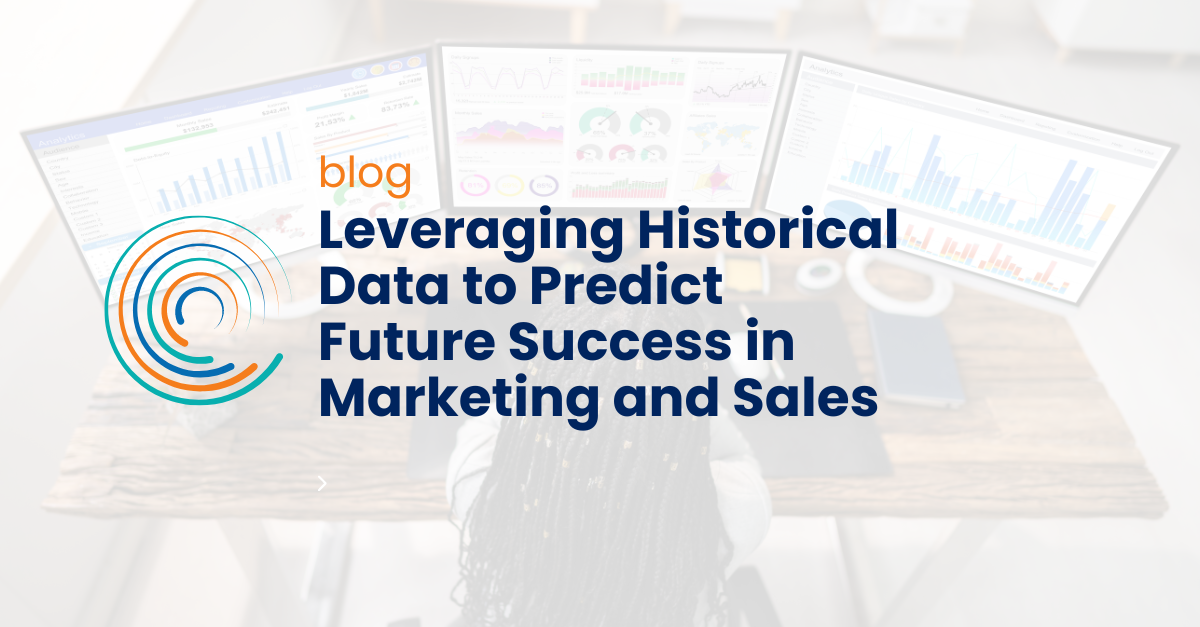Leveraging Historical Data to Predict Future Success in Marketing and Sales
For marketing and sales teams, predicting future success can be a challenging task. One of the most effective ways to make informed predictions is by leveraging historical data. Analyzing past performance, trends, and consumer behavior, helps businesses gain valuable insights that guide their future strategies.
Historical data provides a wealth of information about what campaigns work and what don’t. This includes metrics like attribution, conversion rates, and ROI. By examining these figures, marketers and sales professionals can identify patterns and trends that are likely to continue. For instance, if a particular type of content or marketing channel consistently drives high engagement, it’s a strong indicator that similar tactics will be effective in the future.
Leveraging historical data also helps to understand customer behavior. Analyzing past behavior and engagement enables businesses to segment audiences more effectively and tailor marketing efforts and messages accordingly. This level of personalization significantly enhances customer experience and boosts conversion rates.
Sales forecasting is another area where historical data proves invaluable. Examining past sales cycles, pipeline, and velocity helps businesses make more accurate predictions about future sales volumes. This enables better campaign management, budgeting, and strategic planning.
In summary, leveraging historical data is a powerful way to predict future success in marketing and sales. Historical data provides a solid foundation for marketing and sales team alignment and helps businesses make data-driven decisions that inform strategies. Refining marketing and sales strategy using historical data helps understand the customer and anticipate market trends. By harnessing the insights gleaned from past performance, companies can position themselves for sustained growth and success.



